Optimal Seasons for Waterproofing
Waterproofing is a crucial process to protect structures from water intrusion, which can lead to structural damage, mold growth, and other issues. The effectiveness of waterproofing measures depends heavily on timing, climate conditions, and preparation. Properly timed waterproofing ensures longevity and optimal performance of protective coatings and membranes.
Spring offers moderate temperatures and stable weather, making it ideal for applying waterproofing materials before heavy rains.
Summer provides warm, dry conditions suitable for waterproofing, but high temperatures require careful application to prevent rapid drying.
Autumn is suitable for waterproofing as temperatures are cooler and rainfall is increasing, helping materials cure properly.
Winter is generally not recommended due to freezing temperatures that hinder application and curing processes.

Applying waterproofing during spring benefits from moderate temperatures and less intense weather conditions.
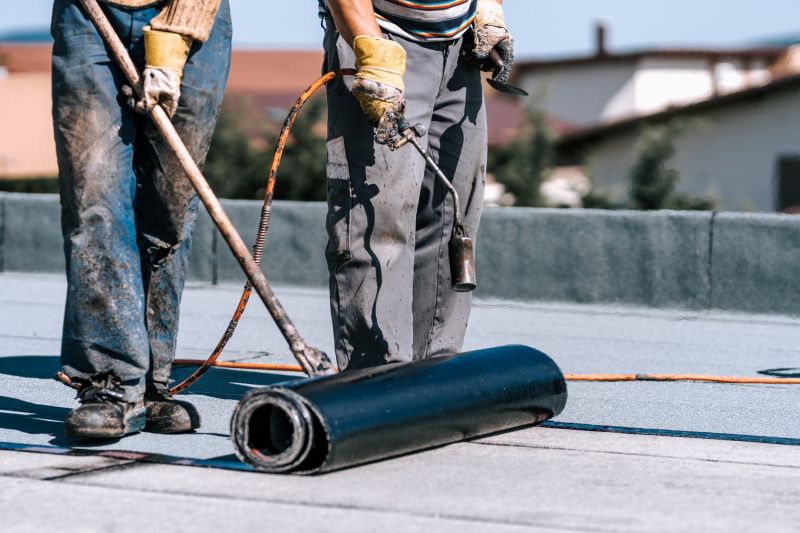
Summer allows for effective application with proper heat management to ensure adhesion and curing.
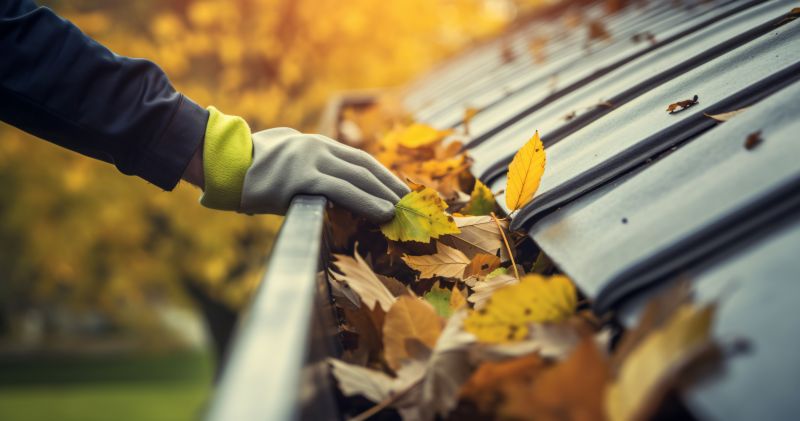
Autumn's cooler weather helps in curing waterproofing layers effectively before winter.
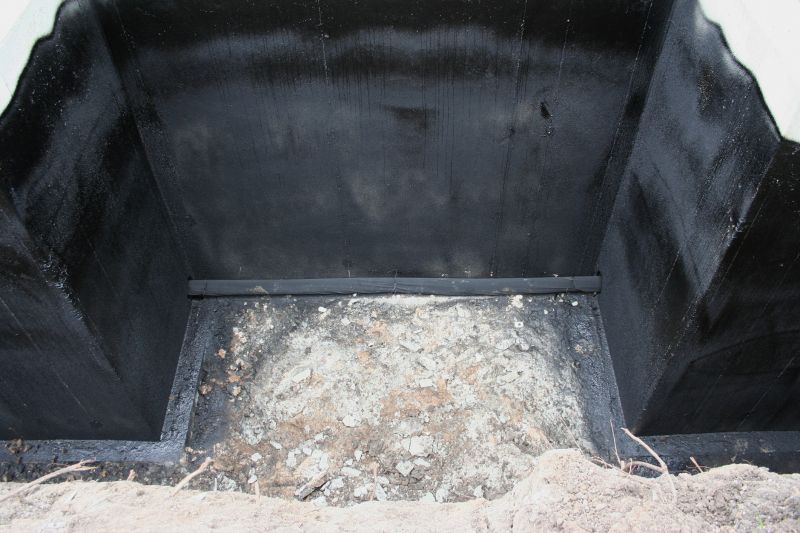
Ways to make Waterproofings work in tight or awkward layouts.
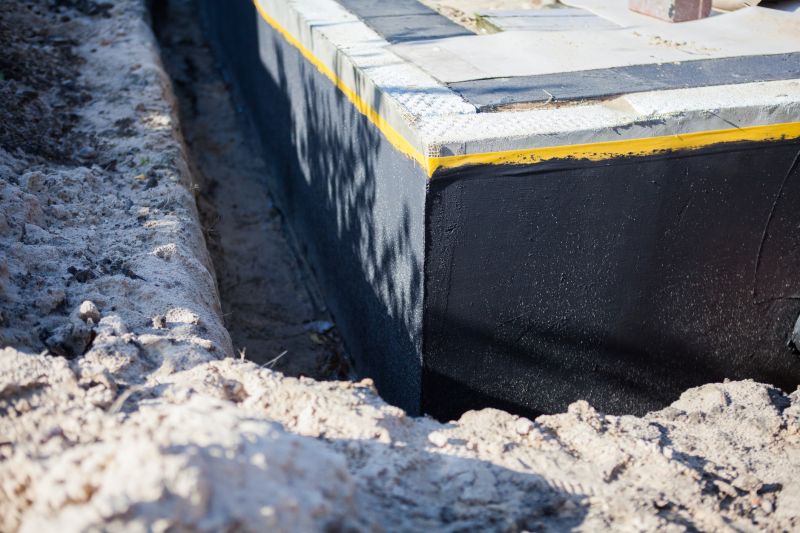
Popular materials for Waterproofings and why they hold up over time.

Simple add-ons that improve Waterproofings without blowing the budget.
| Season | Recommended Conditions |
|---|---|
| Spring | Moderate temperatures, low rainfall |
| Summer | Warm, dry days with caution for high heat |
| Autumn | Cooler temperatures, increasing rainfall |
| Winter | Freezing temperatures, generally unsuitable |
Waterproofings are essential for protecting foundations, roofs, and other structural elements from water damage. Modern waterproofing materials include membranes, sealants, and coatings designed to withstand various environmental conditions. Proper timing ensures these materials cure correctly and form a durable barrier against moisture intrusion.

Application of waterproof membranes on building exteriors.
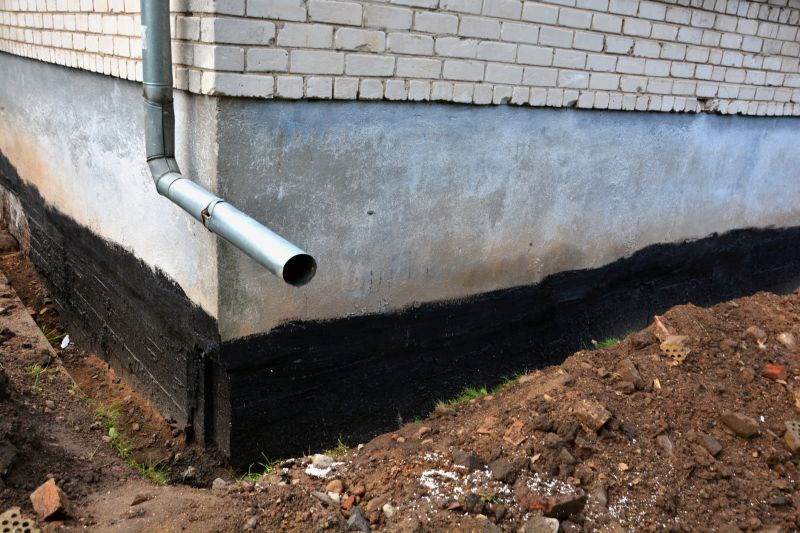
Applying sealants to prevent water seepage into basements.
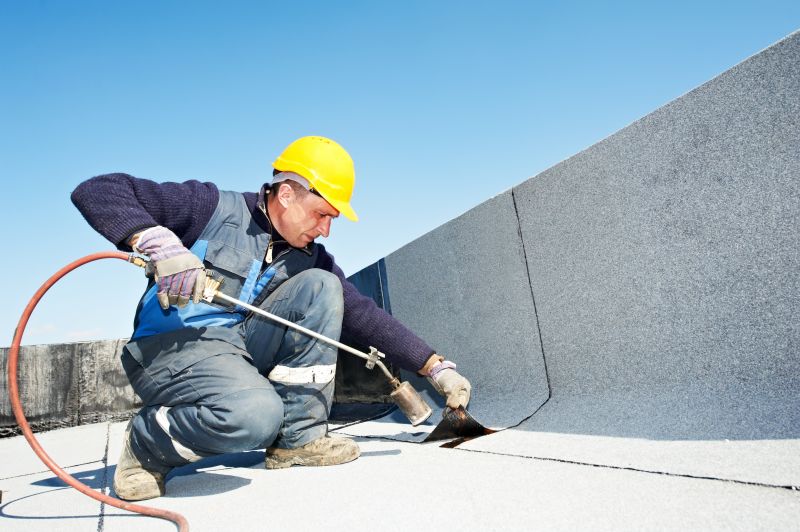
Layering protective coatings on flat roofs.
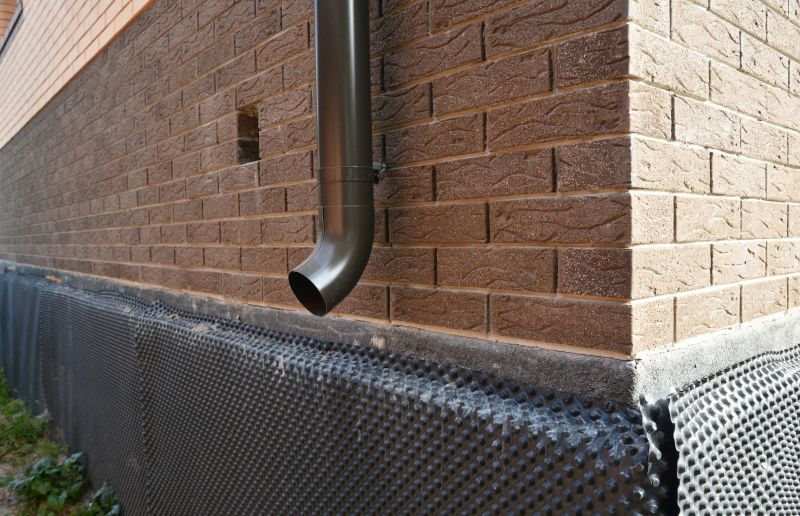
Installing drainage solutions to complement waterproofing efforts.
Choosing the right time for waterproofing depends on local climate patterns, project scope, and material specifications. Consulting with waterproofing professionals can help determine the optimal window for application, ensuring long-lasting protection against water damage.
Interested in waterproofing services? Filling out the contact form can provide tailored advice and scheduling options to suit specific needs and conditions in Mount Vernon, OH.

